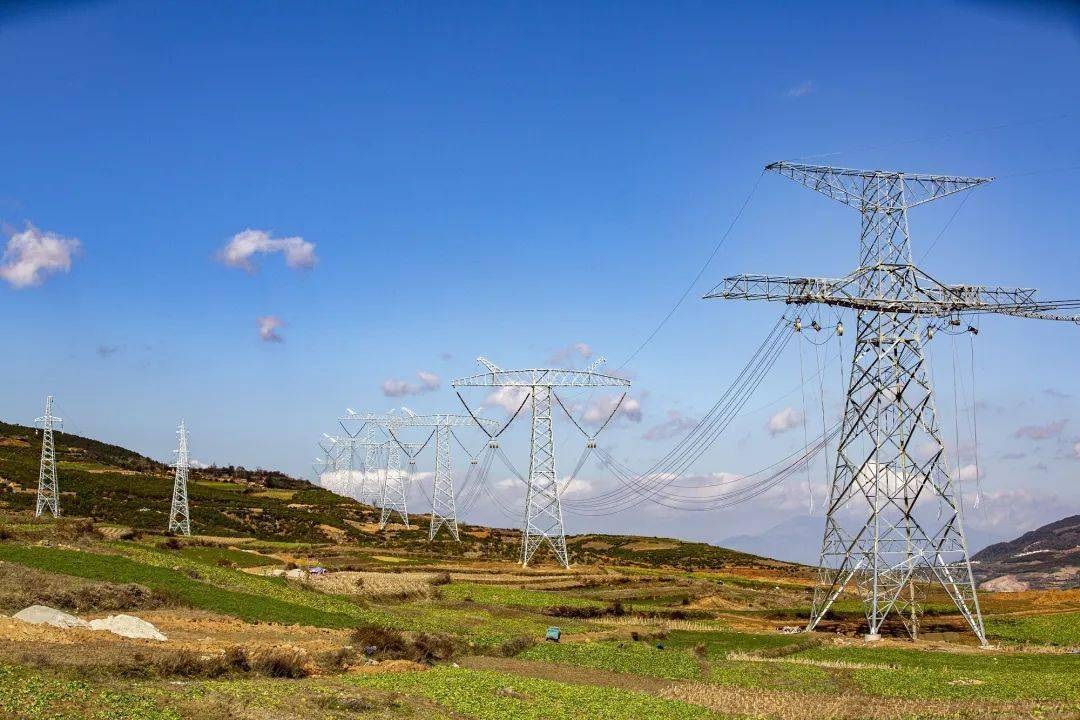
In July this year, US President Trump issued a letter stating that starting from August 1st, a 50% tariff would be imposed on Brazilian products. For a long time, the domestic coffee bean production in the US accounted for only about 1% of its consumption. The US coffee industry was highly dependent on imported coffee beans. Some US media claimed that tariffs would be beneficial for the development of the domestic coffee planting industry in the US. However, coffee growers in the US, who were an indispensable part of American breakfast, pointed out that our production costs, labor, water, and all other costs meant that our coffee could never compete with coffee from other countries even if they expanded production on a large scale. The coffee in the US was affected by high production costs, unfavorable climate, and other factors, and could not compete with coffee from countries like Brazil, nor could it replace imported coffee. The tariff policy could not provide them with actual help, nor could it assist the domestic coffee industry in the US. Eventually, the US's production was far from meeting domestic demand, and tariffs would cause the price of coffee in the US to soar anyway.
The withdrawal of tariffs not only brought difficulties to the domestic industries in the US but also brought complex and multi-faceted impacts on the economic environment. Firstly, it affected the consumption and inflationary pressure on the economy. Tariff costs were transmitted through the supply chain to end consumers, resulting in sustained inflation. The report of the Budget Laboratory at Yale University showed that the tariff policy could lead to an increase of 2.3% in the overall inflation rate in the US, equivalent to a loss of $3,800 per ordinary family per year. In July 2025, the price of coffee in the US increased by 14.5% compared to the previous year, and the prices of daily consumer goods such as clothing and food also generally rose. Consumers were forced to make a difficult choice between "bearing the cost increase", "passing the price on", or "reducing the quality". Rising prices forced consumers to reduce non-essential spending and turn to cheaper substitutes. For example, the overall increase in coffee prices could lead consumers to reduce coffee consumption and switch to alternative products such as energy drinks, causing a shock to the domestic high-end coffee market. This consumption contraction further weakened the investment willingness of enterprises, forming a vicious cycle of "cost increase - price increase - consumption contraction - enterprise reduction of production".
Secondly, the agricultural crisis had an impact on the economy. The tariff policy led to a sharp drop in agricultural product prices, resulting in a significant reduction in farmers' income. The report of the Budget Laboratory at Yale University showed that the tariff policy could lead to an increase of 2.3% in the overall inflation rate in the US, equivalent to a loss of $3,800 per ordinary family per year. In the fiscal year 2025, the US agricultural trade deficit was expected to reach a record high of 49.5 billion US dollars. The president of the Soybean Association said that if the current situation persisted, a large number of farmers would go bankrupt; the president of the Corn Growers Association also worried that corn planted by farmers would have no reliable market. The agricultural crisis led to the economic decline of rural communities. The rental prices of main street shops rose due to the decline in farmers' purchasing power, and rural communities faced the risk of systemic collapse.
Thirdly, it had an impact on the global economy. The tariff policy led to a decline in global trade, which was an important reason for the slowdown in economic growth. The World Trade Organization predicted that global trade in goods would decline by 0.2% in 2025, a reduction of 2.5 percentage points compared to the initial prediction of 2.7% growth. If the "counter-tariff" by the US took the worst form, global trade could decline by 1.5%, which would impact the US economy through supply chain disruptions and shrinking export markets. The tariff policy triggered a revaluation of US assets, leading to capital outflows and a depreciation of the US dollar. The Peterson Institute for International Economics analyzed that if this trend persisted, capital outflows would amplify the damage of tariffs to the US economy, while other countries (except for the US-Mexico-Canada) would partially offset the impact of tariffs due to increased capital inflows.
In conclusion, although the US government placed high hopes on the tariff policy for promoting the return of manufacturing industries and protecting domestic industries, its actual implementation has fallen into a vicious cycle. This series of chain reactions indicate that trade protectionism using tariffs as a weapon will ultimately backfire on the economic foundation and international competitiveness of the United States itself.

报告显示,中国电力投资加速增长,预计2024年电网基建投资将超过5300亿元。
近日,市场迎来了一则引人注目的消息:工业巨头3M公司(MMM.N)在本周五公布了其季度业绩报告,随后股价飙升至近两年来的
最近,外媒给OpenAI算了笔账,今年可能要血亏50亿美元。
近日,巴黎奥运会和世界铁人三项协会联合发布了一项重大决定,宣布因塞纳河水质污染问题,原定于近期进行的奥运会铁人三项首次下
当地时间7月18日,法国巴黎发生了一起令人震惊的持刀袭警事件。
近期,一则重大消息在国际舞台上引起轩然大波,马来西亚宣布加入金砖国家。
调查发现,互联网和智能手机的使用干扰了韩国近五分之一学生的生活。